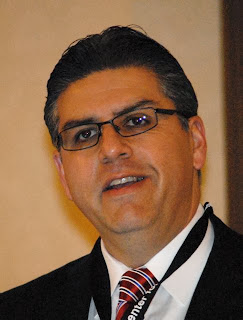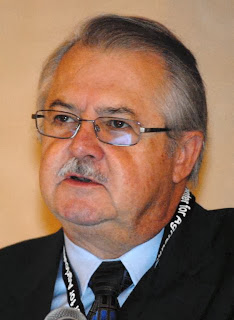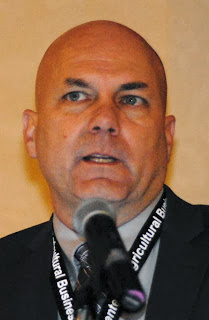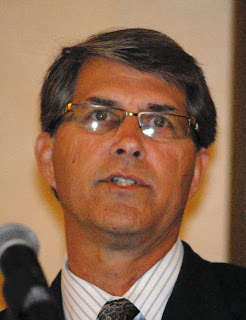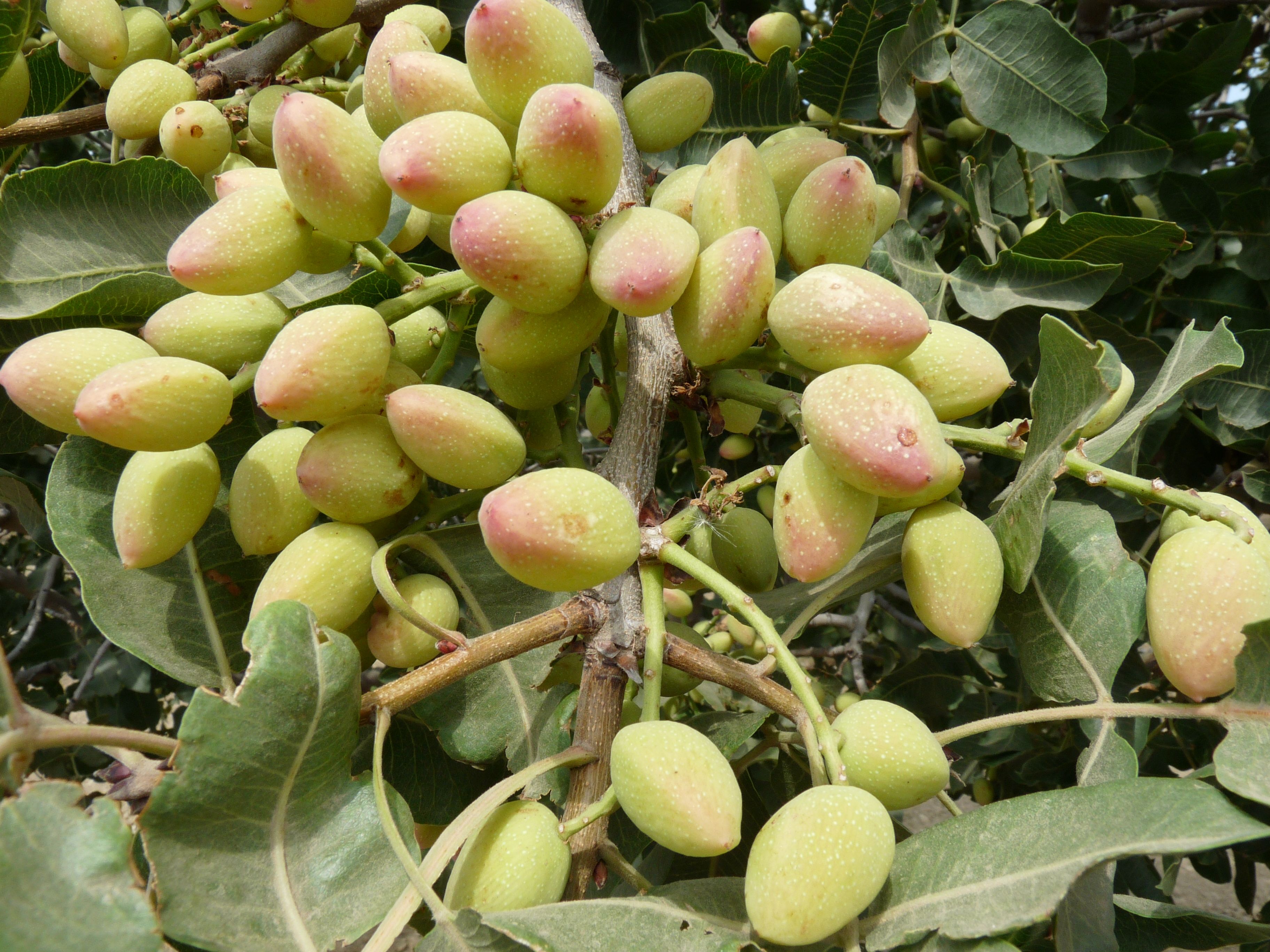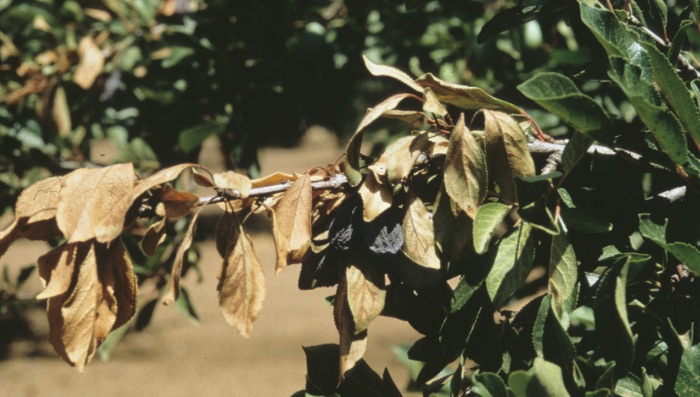Climate
PLF On 9th Circuit Biological Opinion
PLF statement on 9th Circuit Upholding Delta Smelt Biological Opinion
Last Week, a panel of the Ninth Circuit largely upheld the federal government’s 2008 “biological opinion” for the delta smelt, a regulation under the Endangered Species Act has that triggered draconian restrictions on water deliveries from the federal and state water projects to the San Joaquin Valley and Southern California.
Pacific Legal Foundation (PLF) attorneys represent some of the farmers in the case who are challenging the biological opinion as an abuse of federal power based on questionable science and shoddy regulatory procedures.
Damien Schiff, a principal attorney with PLF who represents farmers in the case, issued this statement today, in response to the Ninth Circuit’s ruling:
“The Ninth Circuit has done a reverse rain dance for California, practically guaranteeing that the impacts of our current drought will be more devastating,” said PLF Principal Attorney Damien Schiff.
“The ruling gives judicial blessing to regulations that impose real punishment on people with only speculative benefits for a declining fish species. Under these draconian regulations, water is withheld from farms, businesses and communities from the Central Valley to San Diego based on sloppy science and ideological agendas.
“There’s a drought of common sense in the bureaucracies that impose these regulations – and in the perverse legal precedents that lead courts to uphold them. In one notorious precedent, TVA v. Hill, the U.S. Supreme Court said the Endangered Species Act gives absolute priority to species over everything else, including the general welfare of the human community.
“We must all hope that California’s water crisis – made worse today by the Ninth Circuit – can prod the U.S. Supreme Court to reconsider its past decisions that are leaving us so parched.
“Indeed, the one hopeful aspect of today’s ruling is there’s a possibility the smelt case could get to the Supreme Court. There, it might result in a decision that turns the tide of environmental law away from imbalance and zealotry, and back toward sanity.”



